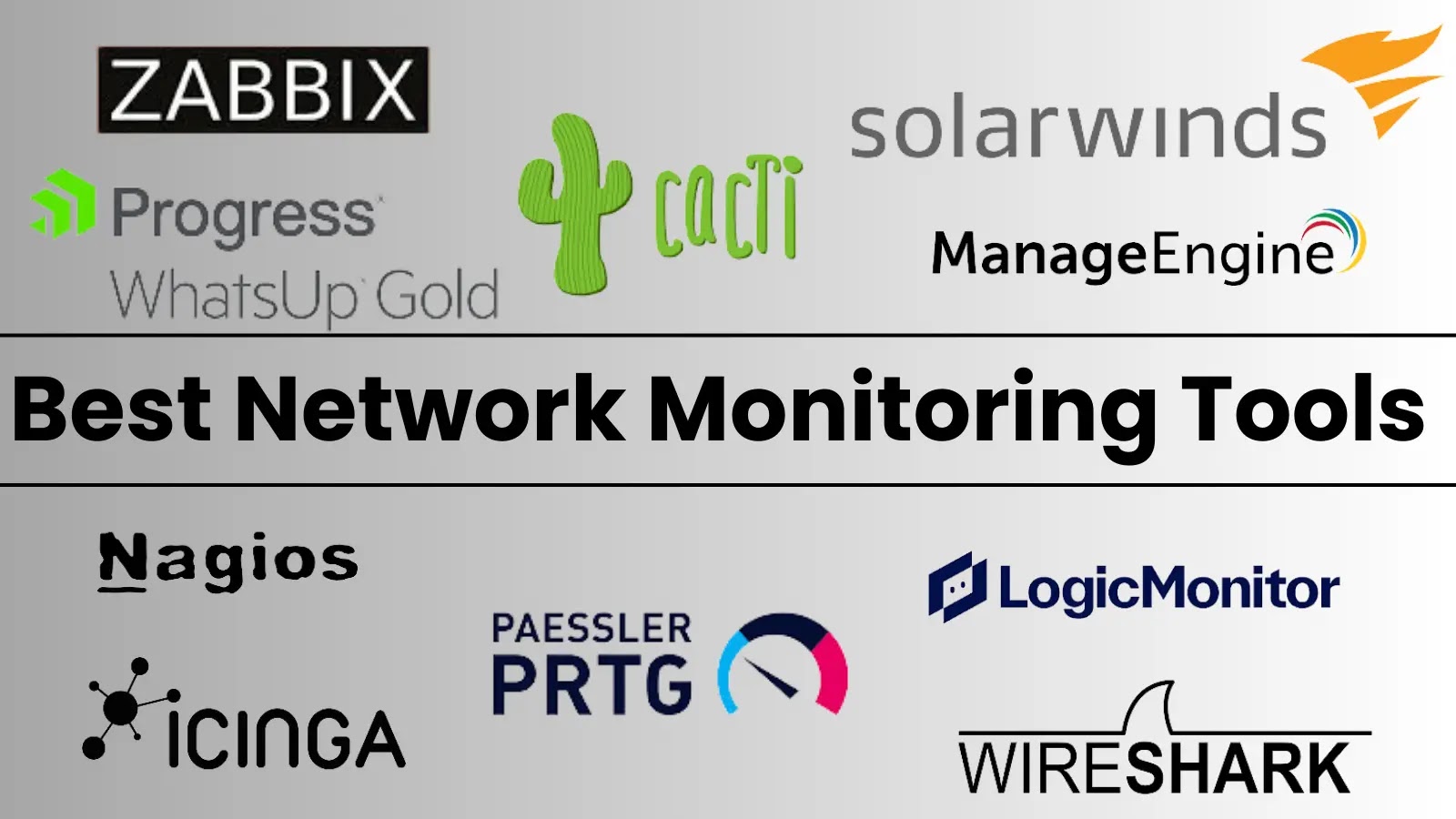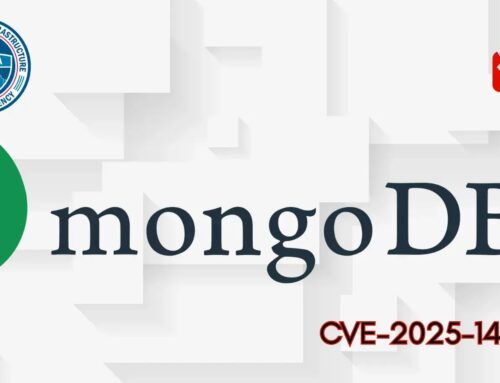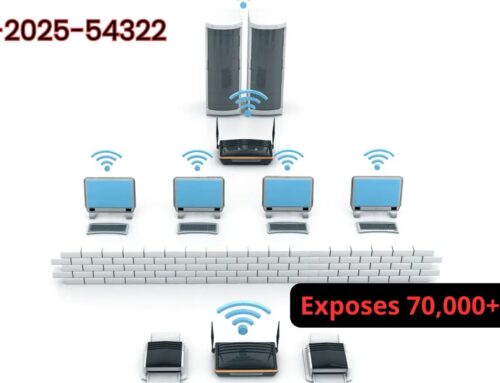
20 Best Network Monitoring Tools in 2025
Unveiling the Sentinel: Why Network Monitoring is Non-Negotiable in 2025
The intricate tapestry of modern business operations is woven with threads of interconnected networks. From critical data transfers to everyday communication, the smooth and secure functioning of your network is paramount. A single blind spot, a moment of latency, or an undetected anomaly can cascade into significant operational disruptions, security breaches, or even financial losses. This is precisely where robust network monitoring tools become indispensable. These solutions are not merely about tracking uptime; they are the intelligent sentinels of your digital infrastructure, providing real-time insights into its health, performance, and security posture.
In this comprehensive guide, we delve into the core tenets of network monitoring and highlight the top 20 tools poised to dominate the landscape in 2025, ensuring your organization remains resilient, efficient, and secure.
What Exactly is a Network Monitoring Tool?
At its core, a network monitoring tool is a sophisticated software or hardware solution designed to provide continuous visibility into your computer networks. Think of it as a vigilant observer, constantly scrutinizing every component and every interaction within your network ecosystem. These tools go far beyond simple ping tests; they meticulously record and examine network traffic, monitor the operational status of network hardware (routers, switches, firewalls, servers), and deliver immediate, actionable intelligence to administrators.
The critical parameters tracked by these tools include, but are not limited to, bandwidth usage, network latency, packet loss, availability of devices, CPU and memory utilization of network appliances, and even security events. By aggregating and analyzing this data, network monitoring tools empower businesses to proactively identify and resolve issues, optimize performance, and bolster their defenses against emerging threats.
The Imperative for Robust Network Monitoring
The digital threat landscape evolves at an unprecedented pace. Organizations face an array of challenges, from sophisticated ransomware attacks to subtle insider threats. Without comprehensive network monitoring, detecting these threats early becomes a significant hurdle. Beyond security, performance degradation can cripple productivity. Poor network performance, whether due to misconfigurations, overloaded servers, or unexpected traffic spikes, directly impacts user experience and organizational efficiency. Network monitoring tools offer a preventative approach, enabling:
- Proactive Issue Resolution: Identify bottlenecks and potential failures before they escalate into outages.
- Enhanced Security Posture: Detect unusual traffic patterns, unauthorized access attempts, or malicious activities indicative of a breach. For instance, monitoring for excessive failed login attempts can help identify brute-force attacks.
- Optimized Performance: Pinpoint areas of high utilization or latency to ensure optimal resource allocation and network responsiveness.
- Capacity Planning: Gain insights into growth trends to make informed decisions about network upgrades and expansions.
- Compliance Adherence: Maintain detailed logs and reports vital for regulatory compliance and auditing purposes.
The 20 Best Network Monitoring Tools in 2025
While the specific ranking of tools can vary based on individual organizational needs and scale, the following represent a robust selection of the leading network monitoring solutions expected to be highly effective in 2025:
- SolarWinds Network Performance Monitor (NPM): Renowned for its comprehensive visibility, deep analysis, and intuitive dashboards.
- PRTG Network Monitor: A versatile all-in-one solution offering extensive sensor types for various monitoring needs.
- ManageEngine OpManager: A robust network monitoring software providing performance management, fault management, and deeper insights.
- Datadog Network Performance Monitoring: A cloud-based solution excelling in real-time visibility across complex, distributed environments.
- Nagios Core / Nagios XI: A powerful open-source (Core) and commercial (XI) monitoring solution with extensive customization options.
- Zabbix: A highly scalable open-source monitoring solution popular for its flexibility and strong community support.
- Paessler PRTG Network Monitor: (Already listed as PRTG Network Monitor, but reinforcing its prominence)
- LogicMonitor: An agentless, SaaS-based platform offering automated discovery and intelligent alerting for hybrid IT infrastructures.
- Zenoss Core / Zenoss Cloud: Provides advanced IT monitoring with a focus on hybrid IT environments and service assurance.
- Cacti: An open-source, complete network graphing solution often used for monitoring network utilization and device health.
- Prometheus: An open-source monitoring system with a powerful query language, popular in cloud-native and Kubernetes environments.
- Grafana: Primarily a visualization tool, but integrates seamlessly with various data sources, including Prometheus, for powerful dashboards.
- WhatsUp Gold: Offers comprehensive discovery and mapping, along with network performance and application monitoring.
- NetFlow Analyzer (ManageEngine): Specializes in bandwidth monitoring and traffic analysis using NetFlow, sFlow, and other flow technologies.
- Elastic Stack (ELK Stack): While not strictly a network monitor, Elasticsearch, Logstash, and Kibana (ELK) are powerful for collecting, analyzing, and visualizing network logs and data.
- OpenNMS: An enterprise-grade, open-source network management application designed for large-scale operations.
- AppNeta (Kentik): Focuses on end-user experience monitoring and network performance management for distributed applications.
- ThousandEyes (Cisco): Provides end-to-end visibility into digital experiences across internal and external networks.
- ExtraHop Reveal(x): A network detection and response (NDR) platform that leverages network telemetry for security and performance insights.
- Microsoft System Center Operations Manager (SCOM): A robust enterprise monitoring solution for Microsoft-centric environments, offering deep insights into Windows servers and applications.
Remediation Actions and Best Practices for Network Monitoring
Deploying a network monitoring tool is only the first step. Effective utilization requires strategic planning and continuous refinement. Consider these crucial remediation actions and best practices:
- Define Baseline Performance: Before expecting the tool to identify anomalies, establish what “normal” looks like for your network components and traffic patterns. This baseline is critical for detecting deviations.
- Configure Intelligent Alerts: Avoid alert fatigue. Set up thresholds and escalation policies that are relevant and actionable. Prioritize critical alerts and ensure timely notification to the appropriate personnel.
- Regular Review of Data: Don’t just set it and forget it. Periodically review historical data to identify long-term trends, anticipate capacity needs, and uncover recurring performance issues.
- Integrate with Other Tools: Maximize effectiveness by integrating your network monitoring solution with security information and event management (SIEM) systems (e.g., Splunk, IBM QRadar) for comprehensive log analysis and threat correlation.
- Automate Responses (Where Applicable): Explore opportunities for automated remediation actions for common, low-risk issues, such as restarting a service or blocking a suspicious IP address (e.g., in response to a high volume of failed authentication attempts, which could indicate a brute-force attack like those leveraged in some CVE-2023-38831 related incidents).
- Document Network Architecture: Maintain up-to-date network diagrams and asset inventories. This greatly aids in pinpointing the source of problems identified by monitoring tools.
- Segment Networks: Implementing network segmentation can contain the impact of a breach or performance issue, making monitoring more granular and effective.
- Practice Regular Maintenance: Ensure your monitoring tools themselves are updated, properly configured, and their databases are maintained for optimal performance.
Conclusion: The Backbone of Digital Resilience
The modern enterprise cannot afford to operate without comprehensive network visibility. Network monitoring tools are no longer a luxury but a fundamental necessity for maintaining operational continuity, safeguarding sensitive data, and ensuring a seamless experience for users and customers. By investing in the right solutions and adhering to best practices, organizations empower themselves to proactively manage their digital infrastructure, detect threats before they escalate, and adapt to the ever-evolving demands of the networked world. The foresight and control offered by these tools are the backbone of digital resilience, preparing businesses for the challenges and opportunities of 2025 and beyond.





